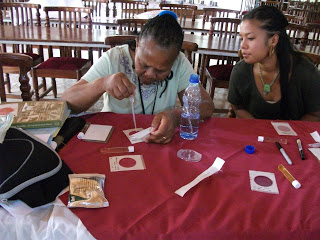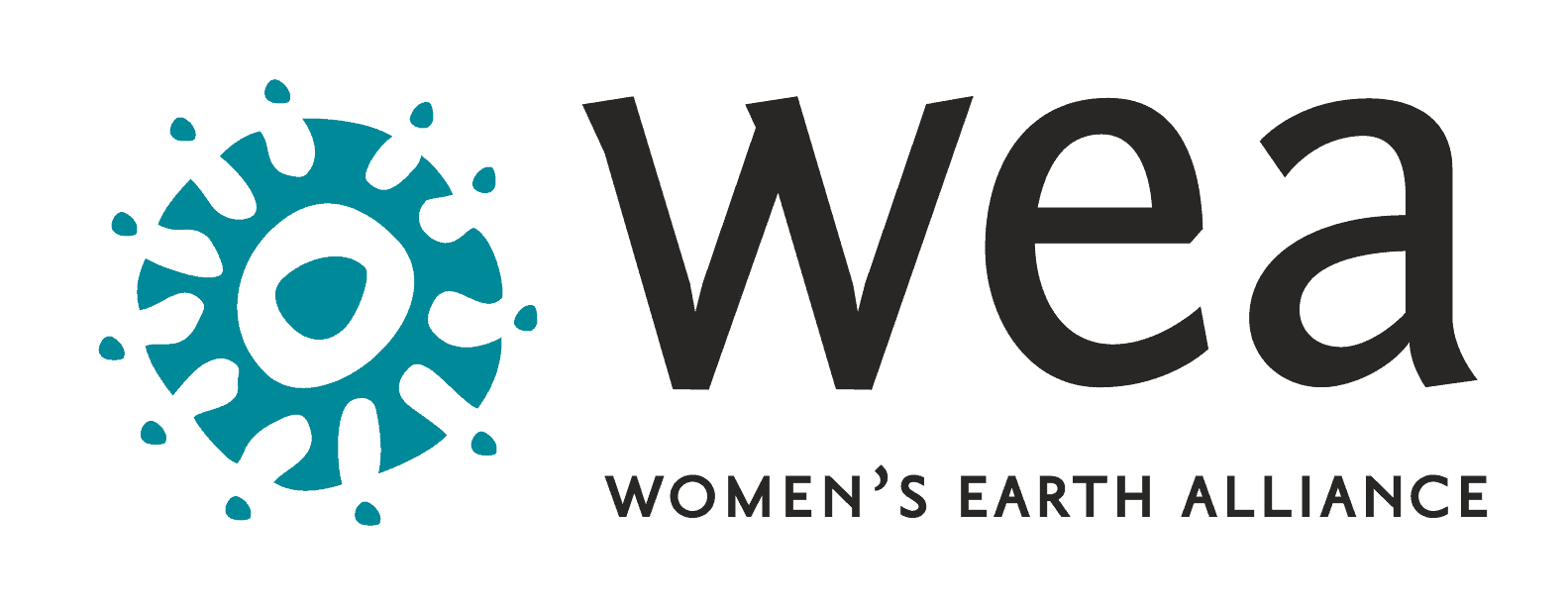GWWI Women and Water on Wednesdays: How Do I Know My Water is Contaminated?

Results show water is contaminated
Can you tell if water is not contaminated just because it is clear? Don’t be fooled! Micro-organisms or germs that can make us sick are too small to see with the naked eye. In fact, 1000s of micro-organisms can even live and multiply on the tip of a pin! I’m sure we all knew this from our high school biology classes.
However, even if we didn’t take biology in school, we’ve not, as a culture, ever had to wonder if the water we are drinking and using is contaminated because we have incredible infrastructure that purifies the water before it gets delivered to us and then processes our waste in our sewerage systems. But obviously, that is not the case everywhere. In the regions where the Global Women’s Water Initiative works, you would be surprised to know that the majority of the people may not even know that it is contaminated water that’s making them sick or even if they did, they wouldn’t know how to identify which water source is contaminated.
So the question is: How do you determine if your water is contaminated? If you know that your water is dirty, how do you determine how it got contaminated in the first place? And to ensure that proper water protection and treatment are being employed to reduce risk of illness, how do you teach ‘germ’ education when you can’t tell if water is contaminated just by looking at it?

Mildred testing water
So the simple answer is water testing. Just to give you an overview, when testing water for biological contamination like cholera, typhoid, parasites etc, obviously, it would be extremely expensive to test for each disease. However, it was discovered that all of these diseases are spread through feces. So in 1900, it was realized that the best “indicator” to determine if any one of these diseases are present in water is to test for E.coli, a naturally occurring bacteria in a mammal’s digestive system. Testing for the presence of E.coli in water would indicate that there is recent fecal contamination and the water has high risk of disease.

Comfort Incubating PML
The PML uses tests that don’t require expensive equipment or labs. The PML can be used directly at the water source, be incubated by our own body heat, and the next day a community can determine if their water source is contaminated or if a water treatment is effective. This methodology is currently being implemented by organizations around the world including UN-Habitat in East Africa and being hailed as the ‘missing link’ in implementing effective water and sanitation solutions.

There are many companies which are providing water testing equipments on very low prices. It is our responsibility to test the water at home.
Surface Water Monitoring